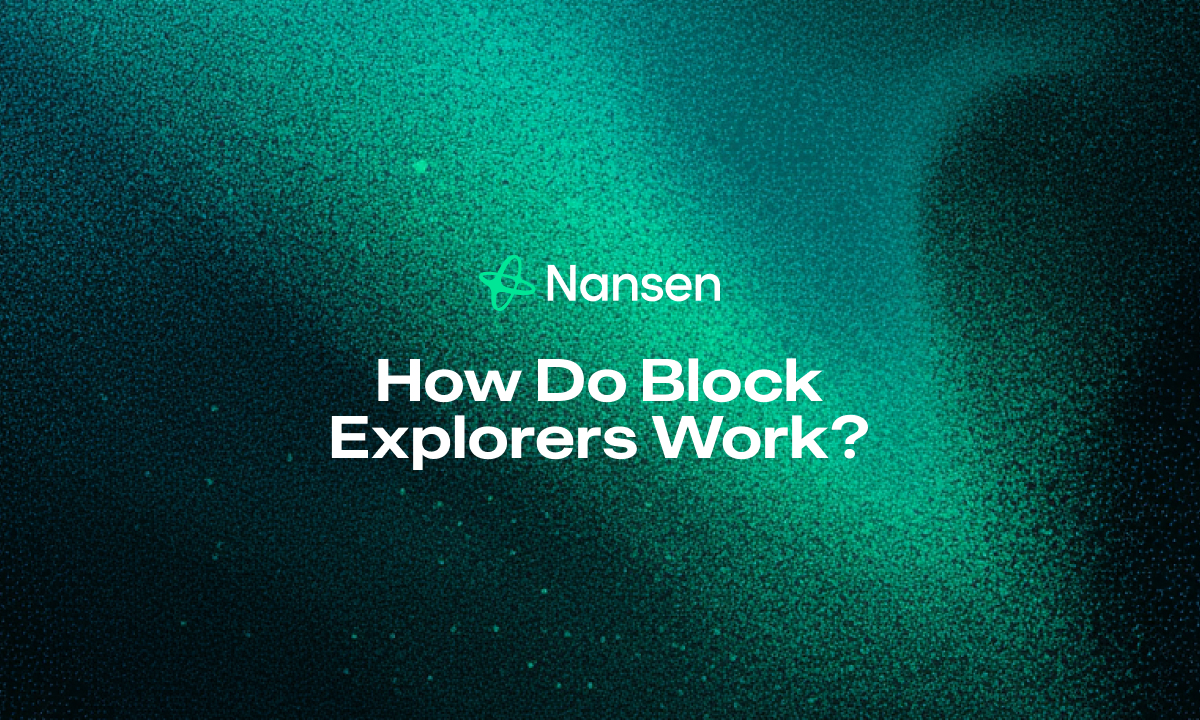Block explorers serve as powerful search engines for blockchain networks, providing instant access to real-time data on transactions, blocks, and wallet addresses. By indexing every blockchain transaction and linking them to specific public wallet addresses, block explorers create a complete historical record. This comprehensive overview supports efficient crypto wallet analysis and precise tracking of blockchain transactions, helping investors and users make informed decisions.
What Is a Block Explorer and How Does It Empower Crypto Wallet Analysis?
A block explorer is a web-based tool designed to make blockchain data searchable and accessible. It functions as the public gateway to a blockchain's distributed ledger, letting users explore:
- Details of each block, such as timestamps, miners, and size
- Transaction specifics including sender, receiver, amounts, and fees
- Activity linked to unique wallet addresses
Major blockchain ecosystems like Bitcoin, Ethereum, and Binance Smart Chain have dedicated explorers—like Etherscan for Ethereum or BscScan for BNB Smart Chain—that provide specialized data and features tailored to their networks.
The Mechanism Behind Block Explorers: How They Track Cryptocurrency Wallets
Block explorers track crypto wallets through a systematic process ensuring up-to-date and accurate blockchain data is available:
Continuous Blockchain Scanning and Indexing
Full nodes operated by block explorers monitor the blockchain for new blocks. Each confirmed block, containing multiple transactions, is parsed and its data stored in the explorer’s database.
Detailed Transaction Data Extraction
Transaction elements such as sending and receiving addresses, transferred amounts, timestamps, fees, and unique transaction IDs (TxIDs) are recorded.
Aggregation of Wallet Transaction Histories
All transactions connected to a wallet's public address are compiled, allowing users to retrieve the full history of incoming and outgoing transfers.
Dynamic Balance Computation
By summing all transfers, explorers calculate the wallet's current native cryptocurrency and token balances.
Smart Contract and DApp Interaction Logging
Beyond simple token transfers, block explorers track wallets' interactions with smart contracts, such as minting NFTs, participating in DeFi activities, or deploying new contracts.
This robust system facilitates comprehensive crypto wallet analysis by consolidating all relevant on-chain activity.
Key Data You Can Access When Tracking a Cryptocurrency Wallet with Block Explorers
Using block explorers empowers deeper insight into wallet activities through the following data categories:
Detailed Transaction History
- Incoming & Outgoing Transfers: View every token and crypto transaction linked to the wallet.
- Amounts and Precise Timestamps: Accurate values and times for each transaction help track activity patterns.
- Transaction IDs (TxIDs): Unique hashes verify and locate specific transfers.
- Counterparty Addresses: Identify other wallet addresses involved in transactions to map interaction networks.
Current Wallet Balances and Asset Holdings
- Native Cryptocurrency Balances: Up-to-date balances of blockchain-specific coins (e.g., BTC, ETH).
- Token Portfolios: Lists of all ERC-20, BEP-20, and other compatible tokens with respective holdings.
- NFT Ownership: Displays owned non-fungible tokens with links to metadata when applicable.
Insightful Smart Contract Interactions
- Decentralized Application (DApp) Usage: Tracks swaps, lending, staking, or liquidity provisions in DeFi protocols.
- Contract Deployment Records: If the wallet belongs to a developer, record of deployed smart contracts is accessible.
Additional Blockchain Data
- Internal Transactions: Transactions initiated within smart contracts not always visible directly but recorded.
- Transaction Fee Records: Gas fees paid for each operation, reflecting wallet usage and cost optimization.
By synthesizing this data, users can thoroughly track blockchain transactions, analyze financial flows, and uncover wallet behavior.
Frequently Asked Questions About Block Explorers and Wallet Tracking
Can block explorers identify the real-world owner of a crypto wallet?
No, block explorers reveal only the public wallet address and transaction history on the blockchain. They do not disclose personal identities, preserving blockchain pseudonymity. Linking wallets to real-world identities requires external data sources like exchange KYC records or public disclosures.
Are all blockchain transactions visible on a block explorer?
Transactions on public blockchains such as Bitcoin or Ethereum are fully visible once confirmed. However, transactions occurring off-chain (e.g., within centralized exchanges) or on privacy-focused chains designed to mask transactions are not displayed.
What is the difference between a transaction hash and a wallet address?
A transaction hash (TxID) uniquely identifies a specific transaction, functioning like a receipt number. A wallet address identifies the cryptocurrency account holding assets and enables sending or receiving funds. Block explorers allow searching by either for detailed blockchain data.
Conclusion: Empower Your Crypto Investment Strategy with Block Explorers
Block explorers remain essential tools for navigating blockchain transparency, enabling users to perform detailed crypto wallet analysis and effectively track blockchain transactions. By leveraging these platforms, investors and enthusiasts gain vital insights into wallet activity, asset holdings, and decentralized finance operations. Start exploring with trusted block explorers like Etherscan or try Nansen to unlock powerful, real-time onchain intelligence and elevate your cryptocurrency decision-making process.




